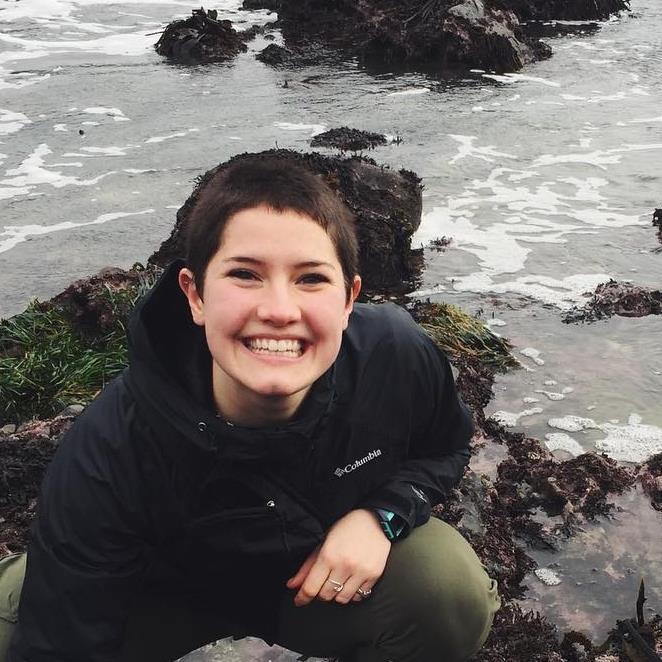Seminar by Miss Ellie Jones
Tuesday 11th December 2018, 3pm
SJINML Seminar Room
Abstract:
Recent calculations estimate that there are currently 5.25 trillion plastic particles afloat in the world’s oceans. Many of these are microplastics. The purpose of this ongoing study is to investigate how microplastics are distributed in two different marine environments: deep-sea canyons, and nearshore estuaries. To discover whether microplastics are concentrated in these environments, I analyzed microplastics in sediments from Norfolk Canyon and the adjacent continental slope; and the Coos Bay Estuary and the adjacent continental shelf. Sediment samples were taken with a box core and a ponger grab. I submerged sediment in saturated solutions of sodium iodide for floatation. I removed the supernatant to extract plastics through optical microscopy. In Norfolk Canyon, I found plastic particles in eight of the nine samples. These particles ranged from 0.539-13.527 mm in diameter, and the samples had 0.742-45.47 mg of microplastic per liter. On the adjacent continental slope, I found microplastics in four of seven samples, ranging from 0.429-2.464 mm in diameter, with 0.006-1.951 mg per liter. The majority of plastics from these two samples were found in the deeper sample sites in Norfolk Canyon. This shows a pattern of microplastic concentration within submarine canyons. To see if estuaries concentrate microplastics, I analyzed samples from within the estuary. I found plastic particles in thirteen out of twenty-one samples, ranging from 0.469-9.648 mm in diameter, with 2.351-29.908 mg per liter. The majority of these plastics were found within the mouth of the bay, near the estuarine plume. Knowing where plastics enter and settle in the ocean can influence mitigation and management decisions. Therefore, it is important to determine possible places for microplastic accumulation to manage and conserve natural resources.

About the speaker:
Ellie is an undergraduate student at the Oregon Institute of Marine Biology on the west coast of the United States. Her main research interests include anthropogenic effects on the ocean, specifically pertaining to marine invertebrates. In the past, she has researched mercury levels in salt marshes at the University of North Carolina Wilmington; the effects of eutrophication on mangrove prop root communities at the Smithsonian Tropical Research Institute in Bocas del Toro, Panama; and the effects of ocean acidification on corals at Mote Marine Laboratory’s International Center for Coral Reef Research and Restoration in the Florida Keys. Her current research, which she shared last week at the International Conference on Plastics in the Marine Environment, focuses on microplastic pollution in marine sediments. She is also passionate about ocean outreach and communication. Last year she started Everblue, a nonprofit that uses social media and education to encourage ocean-minded living through increasing scientific literacy. In her free time, she loves exploring the cold and rocky shores of Oregon’s coast.


